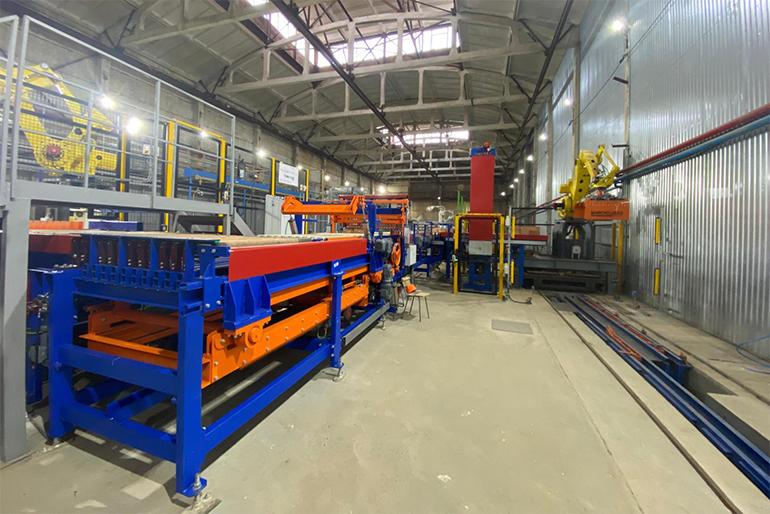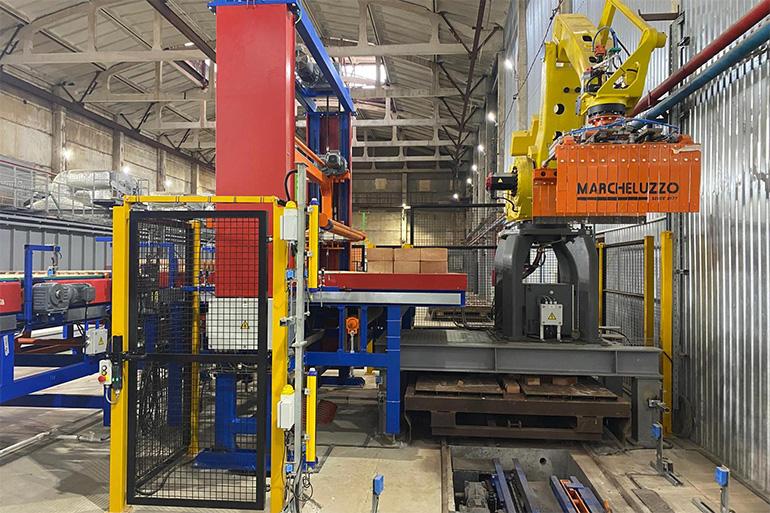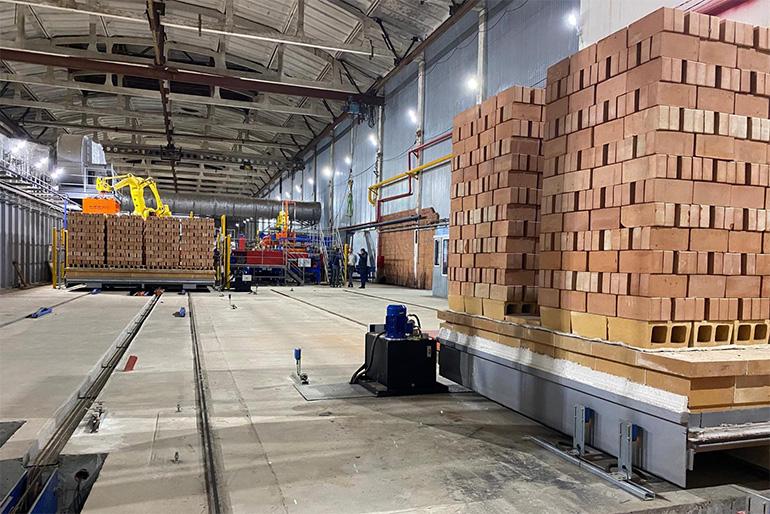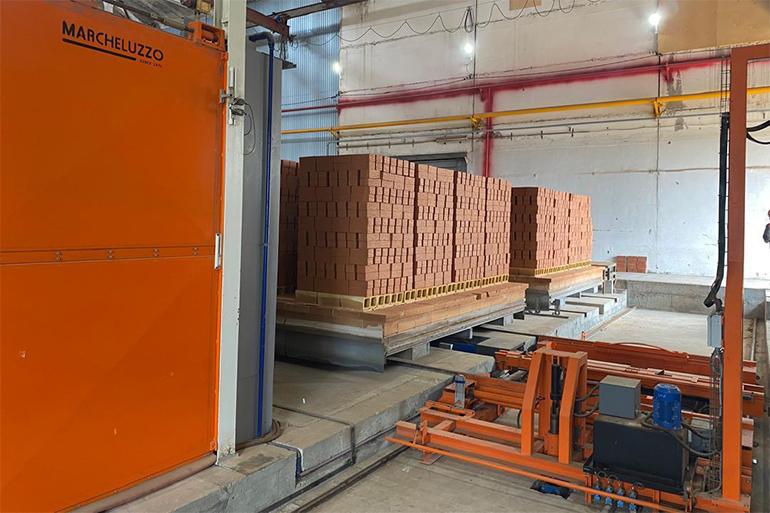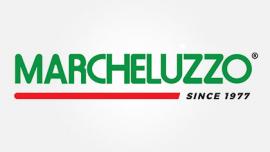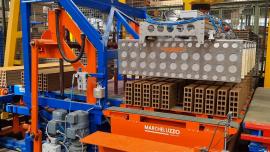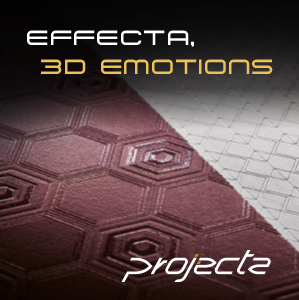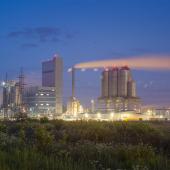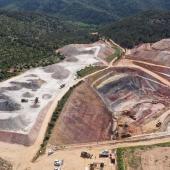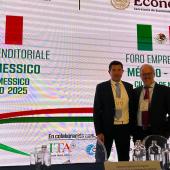Automated production and new technologies by Marcheluzzo for Eastern Europe
Marcheluzzo has signed a big contract to revamp a portion of a production line devoted to solid and lightened clay bricks.
In 2022, Marcheluzzo signed a contract with a major Eastern European brick producer to revamp a portion of a production line devoted to solid and lightened clay bricks in 250x120x65/88 mm sizes. The project required a high degree of cooperation between the two companies’ technical teams to overcome the difficulties associated with installing modern technology in a manually operated, non-automated plant.
Marcheluzzo was tasked with upgrading the section of the plant from post-drying through to fired brick unloading and packaging on pallets, while the extruder, the cutter (with a capacity of about 3,500 bricks/hour), the semi-manual setting system and the semi-continuous tunnel dryer all remained unchanged.
The line revamping project
The first step in the project focused on dried brick unloading from the dryer cars. For this stage, a Fanuc model 410i-700 kg robot was introduced to simultaneously pick up two layers of bricks and convey them to the kiln. This stage proved quite challenging for Marcheluzzo’s engineers as the manual brick positioning operation caused frequent inaccuracies and inconsistencies in the loading geometry.
Layer preparation is performed by a toothed belt handling system and suitably sized conveyor belts, allowing a portion of the bricks to be diverted to a dedicated surface colouring area.
The layers are then loaded onto the kiln car by a second robot with the same characteristics as the first, allowing a single line of robots to efficiently form the kiln car load using a special gripper.
Kiln automation
The tunnel kiln supplied by Marcheluzzo is sized to ensure a streamlined, optimal firing process and is suitably equipped to achieve the required rising/falling temperature gradient according to the characteristics of the raw material, the shape of the brick packs and the cycle speed. This in turn ensures the required performance in terms of quality and an output of approximately 6,300 bricks/hour.
To ensure uniform preheating of the material, four high-pressure preheating and recycling units were installed between the 200°C and 400°C zones. The incoming air pressure at the various intake points ensures effective heat exchange due to the sudden increase in air volume, resulting in excellent temperature uniformity across the entire kiln width.
Given the type of product being fired, it was also essential to ensure effective pre-heating before entering the firing zone. For this purpose, eight high-speed lateral burners were installed to supply extra heat and create turbulence in the pre-fire stage, preparing the product to withstand the higher temperatures without experiencing thermal shock.
The firing zone itself consists of 8 ceiling-mounted units, each with 11 independent firing points. An air fan with suitable flow rate and operating pressure for each unit ensures the correct downward gas thrust, guaranteeing good temperature uniformity over the entire kiln width.
The kiln maintains an optimal balance between the gas and air volumes to ensure correct firing and flame control, which in turn helps prevent the risk of abnormal product shrinkage during the firing process.
After the firing stage, the kiln features a cooling zone divided into two distinct sections. In the first section, the products are cooled rapidly by means of units specially designed to minimise the risk of thermal shock. In the second section, the products are allowed to cool naturally to a certain temperature, at which point they undergo a further controlled low-temperature cooling phase.
Once fired, the bricks are conveyed to an area where they are offloaded by a robot using a dedicated gripper. A system of toothed belts and conveyor belts then forms the layers of the pack ready for shipment.
Conclusions
Throughout the project, Marcheluzzo maintained a respectful approach to the existing production conditions. As always, it demonstrated its unique expertise in revamping production lines and its ability to upgrade and revitalise obsolete plants that were no longer fit for purpose.
The integration of automated solutions has enabled the Russian company to abandon manual operation in favour of a more flexible and efficient manufacturing approach.
Did you find this article useful?
Join the CWW community to receive the most important news from the global ceramic industry every two weeks



